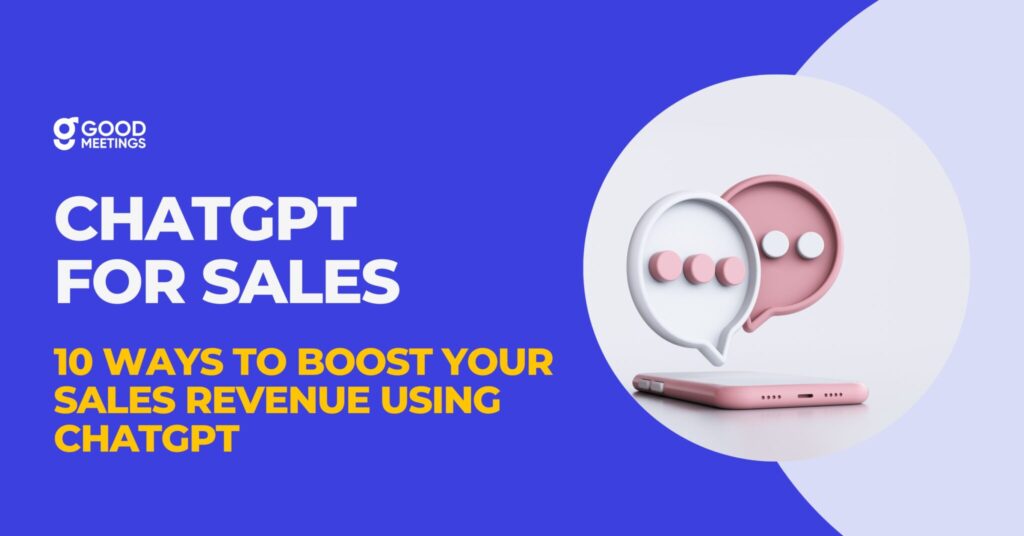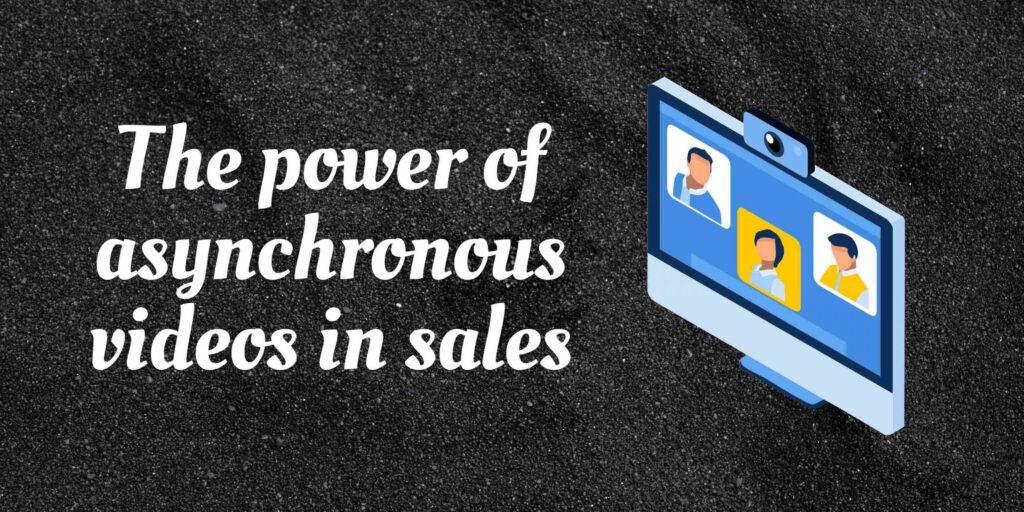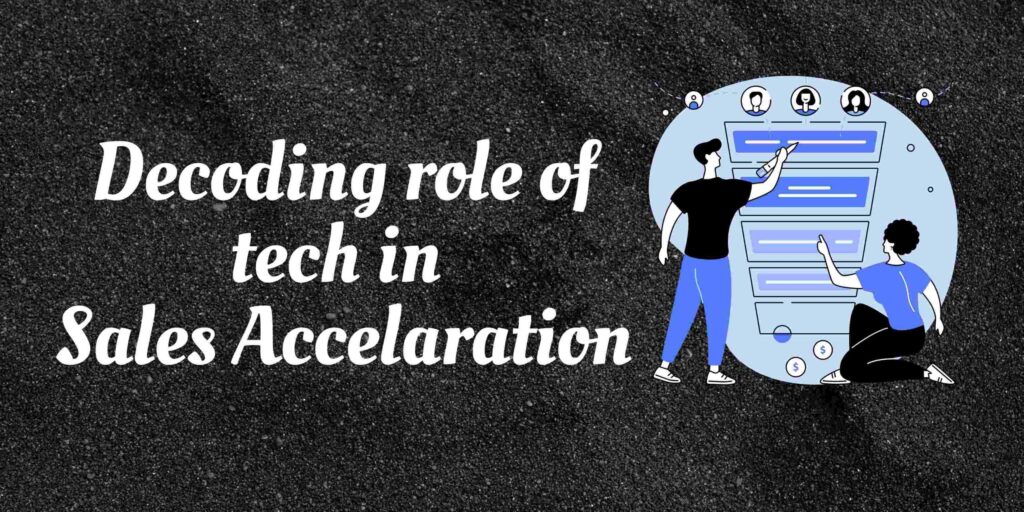
The adoption of remote selling across the customer journey is creating a compelling competitive advantage. As we look to a new year with hopefully the pandemic slowly but surely receding, we will see increased convergence of selling both in-person and remotely to meet the customer’s needs at the channel of their choice.
HubSpot’s Global Sales Enablement Survey found that 64% of sales teams who invested in remote selling met or exceeded revenue targets, compared to only 50% of teams who did not invest in remote selling. Investing in remote selling capabilities is hence a no-brainer for sales leaders. But where should leaders be focusing their investments on ?
We believe the highest impact will lie in Video for Sales – embedding video touchpoints across your customer journey to engage better with the buyer. The video-first sales approach works well for both outbound and inbound playbooks. Video for Sales use cases are primarily of two categories:
- Asynchronous – Sellers and buyers share video links which the parties can access at different points in time
- Synchronous – Sellers and buyers meet at the same point and have a video call
In this 2-part series, we will cover key use cases across the customer journey and leading platforms for Asynchronous Video for Sales. You can read about the other part on Synchronous Video for Sales here.
Applications Across Customer Journey

Top-of-the-Funnel – Outbound Prospecting:
67% of buyers prefer to receive customized emails for outreach. Asynchronous Video Prospecting helps SDRs and AEs to create differentiated personalization at scale by creating quick videos which can be shared in the outreach.
We are talking about small videos where the SDR/AE introduces the product / qualifies interest, but with a human touch as we now have a face to a name. Further, customers retain 90% of information shared with interactive audio-visual imagery, as opposed to less than 30% in a pure textual content. So, if you want to improve your click-through rates, and conversions to meetings/demos then adding video is a key differentiator.
Also check, 7 Qualities Of High Performing SDRs.
Middle-of-the-Funnel – Hand-offs:
It takes 5-7 sales meetings on an average to close sales deals, and in this process the deal moves across different personas from SDRs to AEs to Sales/Product Leaders to Customer Success Managers and Customer Support.
Even from the buyer’s perspective the deal moves across personas such as Procurement, Technical Evaluator, Business Champion, User and Decision Maker/Economic Buyer. There is a need for repeat demos and alignment as the process moves through different stakeholders. Many deals fall through or move slowly because of the various handoffs involved. Leading companies such as HubSpot are leveraging asynchronous videos for hand-offs. Through a short video, they introduce the person who is taking over and remind customers of next steps and milestones.
Also Read about Hubspot Zoom Integration.
Bottom-of-the-Funnel – Customer Onboarding:
This is probably the most mature use case for asynchronous video for sales. Customer Success Teams share short videos which introduce the product, features and answers frequently asked questions.
Users consume this content asynchronously on a self-service model. CSMs track engagement and adoption metrics such as open rates, time spent on videos and % of videos completed. This also takes the load of support teams to provide high-touch synchronous support only to a small % of cases.
Examples of Leading Asynchronous Video Platforms:
- Loom – easy recording and sharing of videos for use cases across functions. For Sales, the key features include customizable Call-to-Actions (CTAs), custom branding, engagement insights, content security and CRM integrations. Has a Freemium Pricing model with paid plans starting at USD 8/month/user

- Vidyard – purpose-built for Sales and Marketing. Offers engagement analytics on videos. Paid versions include features such as stitching together videos to create a playlist, creating fully customizable Video CTAs, full video analytics and CRM integrations. Has a Freemium Pricing model with paid plans ranging from $15/month/user to $1250/month/team of 5.
- Hippo Video – Video Customer Experience Platform to record, share and track videos. Has differentiated features such as personalized sales pages, video teleprompter to upload a script and read from it while recording, prospect tracking and analytics and CRM integrations. Has paid plans (with free trials) ranging from $15/month/user to $79/month/user
- Goodmeetings.ai – Remote Sales Engagement Platform provides a Digital Meeting Library with all customer meeting artefacts such as recordings annotated by topic highlights, notes, transcripts, screenshots, presentations etc. that can be shared with customers. Customers and sales teams can collaborate asynchronously through the Digital Meeting Pages through comments. This allows new stakeholders up-to-speed quickly and fosters collaboration and alignment. Paid plans (with free trials) ranging from $35/month/user to $70/month/user

In essence, asynchronous videos can be used to create i) buyer enablement content assets helpful as a reference material before & after sales meetings, ii) seller enablement content assets helpful to gain insights on customer behaviour and to provide templates & compelling scripting for training purposes. With social media outreach (especially LinkedIn) emerging as a preferred channel to reach out to customers, asynchronous video messages delivered to a prospect’s inbox increases chances of opening a conversation thread.
This article is a part of a series on the power of videos for sales. You can read the other part “The Power of Synchronous Video for Sales” here.





